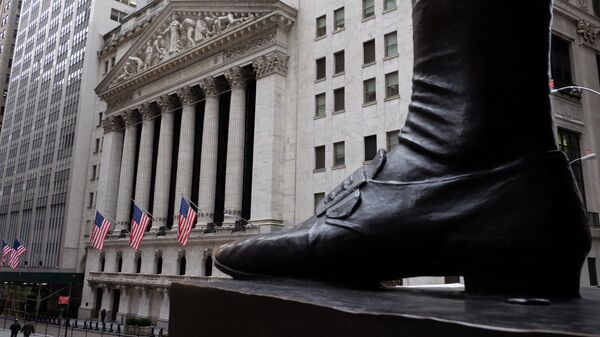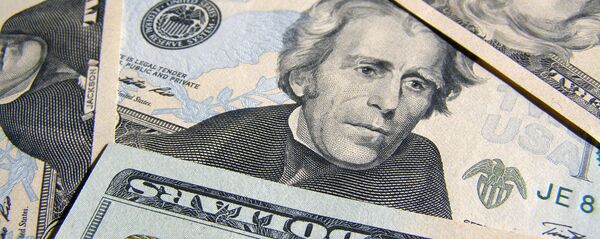However, manufacturing activity in New York state dropped to its lowest since 2009, according to local Fed estimates, while the US bond market, oversaturated with capital-seeking safe havens, saw a dramatic decline in US Treasuries liquidity.
As the US Fed rate hike nears, the broader economic activity is increasingly cautious as there is little clarity in short-to-mid-term economic developments stirred by the increased borrowing costs: most US assets are already expensive enough to deter effective demand.
The S&P 500 Index rose 0.18% to 2,095.26 at 11:57 AM in New York, making up somewhat for the previous losses of as much as 0.6%. The Dow rose 0.26% to 17,522.07 points at 12:12 PM in New York, also erasing earlier losses. The Nasdaq Composite added 0.35% to 5,065.93.
While homebuilders’ sentiment is a powerful upward factor for the stocks, there is still a lot of bearish sentiment, stirred by several New York Fed reports. The manufacturing decline in New York state to its 2009 level due to weak new orders and lower shipments, as well as a separate report, stating a deterioration in US bond liquidity might eventually trigger more selling bets, and by the day’s end Wall Street might return into the red.
Trading volumes are 26% below the past three months’ average so far, suggesting a calm Monday. Macro data, although an important factor to watch, aren’t nonetheless the determinant factor in market movements, as the US Fed is now the biggest newsmaker.
Investors are expecting the publication of the Federal Open Market Committee’s minutes later this week, on Wednesday. Until then, market activity is largely suspended, as it is impossible to decide whether to buy or sell stock right now.
Eight out of 10 S&P sectors are in the green thus far, with utilities, 0.6% higher, leading the gains. Utilities rose after yields on US bonds fell as a reaction to weaker manufacturing in Empire.
The New York Fed’s Empire State general business conditions index dropped from 3.86 last month to 14.92 negative in August, a dramatic decline to levels last seen in August 2009. The expectations were an advance to 5 positive. Nevertheless, the outlook is more optimistic, with the future business conditions’ index rising to 33.64 from 27.04 last month.
The reasons are as follows: August is the third straight month of contraction in new orders placement (-15.70 this month compared to —3.50 in July), shipments dynamics dropped into the negative territory from July’s positive (-13.79 now from 7.88 last month), the number of active workforce index dropped (to 1.82 from 3.19), so did the prices, paid and received (7.27 against 7.45, and 0.91 against 5.32, respectively).
US bonds are also sending alarming signals. The New York Fed said in a note today that liquidity in the US Treasuries market is falling (meaning US bonds are harder to buy and sell: they are rather expensive). However, the overall situation in the US bond market is ‘fairly favorable’, as they put it.
The Obama administration’s efforts to decrease the volume of federal debt against the odds of an overwhelming influx of capital to the US bond market from the collapsing third world economies have given a combined effect of prices on US debt going sky-high.
Meanwhile, US government bonds are considered the safest and the most liquid financial asset in the world. The drop in Treasuries liquidity generally means that everybody still wants them, but increasingly less market participants can actually afford them.
As for the broader US economy, it is improving at a mediocre pace, with job and economic activity gains supporting only a modest expansion in the markets. Throughout the rest of the year, Wall Street is poised to move flat, which is not that bad: an aggressive expansion would ultimately lead to a bubble burst similar to the ‘dotcom crisis’ or more recent developments in mainland China.
The US Fed’s eventual move to raise interest rates will certainly trigger some correction and adjustments, with many businesses hurt by dearer borrowing, but generally, the moderately upward trend is most likely to prevail.






